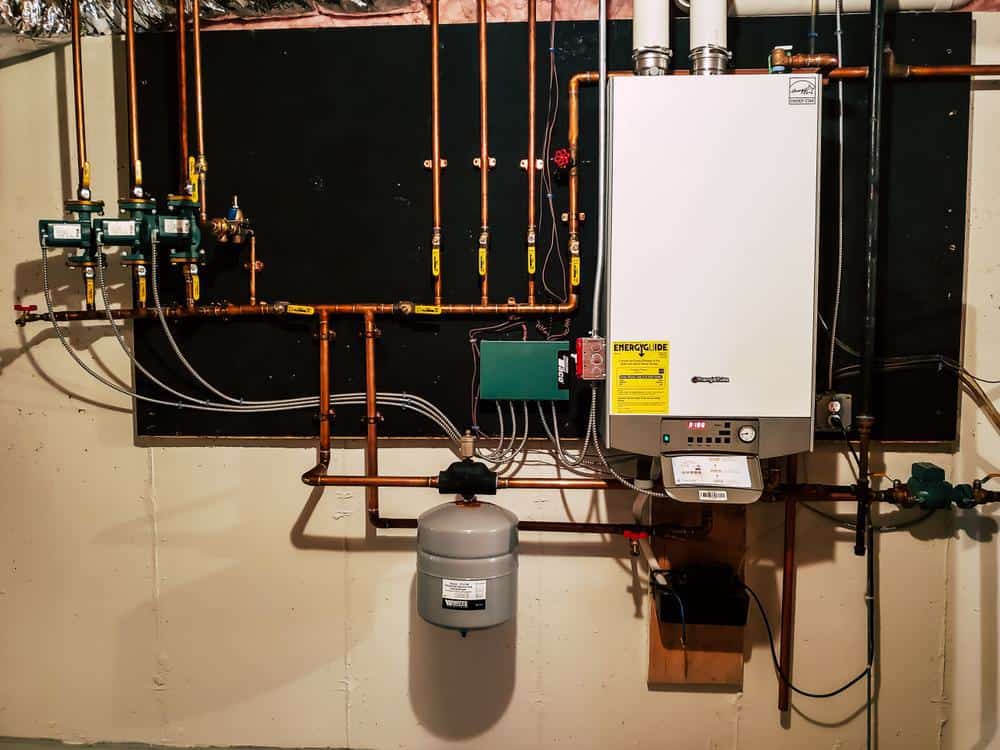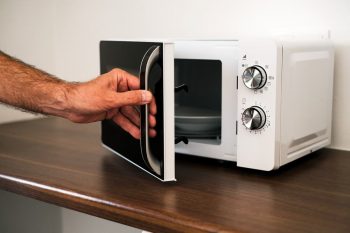
A tankless water heater, also known as an instantaneous, continuous flow, inline, flash, on-demand, or instant-on water heater, is an energy-efficient device that heats water as it flows through the unit without the use of a storage tank. It eliminates the need to maintain a large supply of pre-heated water, thus reducing standby energy losses. But like any other device, it requires regular maintenance to function optimally. One crucial maintenance task is draining the water heater, which helps remove mineral deposits and sediment that can accumulate and block the water flow. This article will guide you on how to drain a tankless water heater.
To drain a tankless water heater, firstly, turn off the power source and close the water valves. Connect hosing lines to the water heater and a bucket. Drain the cold water line into the bucket, then drain the hot water line. Flush the unit following the manufacturer’s instructions, usually involving a circulation pump and a cleaning agent. After flushing, reconnect everything and turn the power back on. Always consult your owner’s manual for specific instructions for your model.
Why Drain a Tankless Water Heater?
Draining a tankless water heater is necessary to remove mineral deposits and sediment that can accumulate and block the water flow. These deposits can clog the filter and hose, affecting the water flow and causing the unit to shut down completely. Flushing a tankless water heater at least once a year helps maintain its efficiency, prolong its lifespan, and keep the warranty valid. In areas with hard water, which contains higher amounts of magnesium and calcium, it may be necessary to flush the unit more frequently, such as every six to nine months.
Signs That Indicate It’s Time To Drain Your Tankless Water Heater
Here are some signs that may indicate it’s time to drain and flush your tankless water heater:
- Reduced water flow or pressure
- Inconsistent water temperature
- Unusual noises, such as banging, popping, or cracking sounds
- Error codes or maintenance alerts
- Manufacturer’s recommendations for maintenance
Tools and Materials Needed
To drain a tankless water heater, you will need the following tools and materials:
- Isolation valves (if not already installed on your water heater)
- A bucket or container to collect the drained water
- A submersible sump pump or a circulation pump
- Hoses (preferably washing machine hoses)
- Food-grade white vinegar or a commercial deliming solution
- Screwdriver, adjustable wrench, and needle-nose pliers
Step-by-Step Guide to Draining a Tankless Water Heater
- Turn off the power source: For gas heaters, shut off the main gas valve. For electric heaters, turn off the dedicated circuit breaker.
- Close and turn off the water valves: There should be three water valves connected to your tankless water heater. Close and turn them off.
- Connect hosing lines: Your tankless water heater may have included hosing lines from the manufacturer. If not, you can purchase them from a hardware or home repair store. Make sure they are long enough to connect the water heater and your bucket.
- Drain the cold water line: Position your bucket underneath the cold water drain. Locate the small blue inlet valve next to the drain and open it to allow the water to flow into the bucket.
- Drain the hot water line: Remove the drain caps from both the hot and cold water lines, which cover the maintenance drains.
- Flush the tankless water heater: Follow the manufacturer’s instructions for flushing the unit, as this may vary between brands. Generally, you will need to connect hoses to a circulation pump, add a cleaning agent, open the valves, and flush the cleaning agent through the system.
- Reconnect everything: After flushing the tankless water heater, reconnect all hoses and valves, and turn the power source back on.
Please consult your owner’s manual for any specific instructions or requirements for your particular tankless water heater model.
Safety Precautions to Consider
When draining a tankless water heater, there are several safety precautions to consider:
- Turn off the power source: For gas-powered heaters, shut off the main gas valve. For electric heaters, turn off the dedicated circuit breaker.
- Allow the water inside the heater to cool off before starting the draining process to avoid burns from hot water.
- Ensure proper ventilation when working with gas-powered heaters to prevent the buildup of fumes and carbon monoxide.
- Flush the heater through the drain valve to remove sediment buildup. Make sure you have a drain line, either plumbed outside or within about 6 inches of the floor, to prevent scalding if the valve opens while you’re next to it.
- As a safety precaution, turn off both the hot and cold water intake valves to your water heater.
Remember, if you’re unsure or uncomfortable with any of these tasks, it’s always a good idea to call a professional for assistance. Regular maintenance, including draining and flushing, can help extend the life of your tankless water heater and ensure its safe operation.
Troubleshooting Tips
If you encounter problems during the draining process, here are some troubleshooting tips to help you resolve the issue:
- Inspect the drain for any visible signs of damage, clogs, or debris blocking the drain.
- Remove any visible debris from the drain. You can use a wire brush, toothbrush, or any other suitable tool to clean the buildup inside the drain trap.
- If the drain is still clogged after removing debris, try using a plunger to create suction and dislodge the blockage.
- If the plunger doesn’t work, use a drain snake to reach deeper into the pipe and break up the clog.
- Check for leaks: Inspect the drain and its connections for any signs of leaks. Look for water puddles or dampness around the drain pipe. If you detect a leak, it is best to consult a professional plumber.
- If the problem persists or is beyond your expertise, it’s best to consult a professional plumber to diagnose and fix the issue.
Conclusion
Draining a tankless water heater is an essential maintenance task that helps prolong the unit’s lifespan, maintain its efficiency, and keep the warranty valid. It’s important to follow the manufacturer’s recommendations and consult a professional if you’re unsure about any aspect of the process. Regular maintenance can help ensure that your tankless water heater operates efficiently and lasts for many years.
Frequently Asked Questions
How often should I drain my tankless water heater?
As a general rule, it’s recommended to drain your tankless water heater at least once a year. However, if you live in an area with hard water, which contains higher amounts of magnesium and calcium, it may be necessary to flush the unit more frequently, such as every six to nine months.
Can I use any type of vinegar for the flushing process?
It’s recommended to use food-grade white vinegar for the flushing process. This type of vinegar is safe and effective in removing mineral deposits and sediment that can accumulate in the water heater.
What should I do if my tankless water heater doesn’t turn on after the draining process?
If your tankless water heater doesn’t turn on after the draining process, ensure that all connections are secure and that the power source is turned on. If the problem persists, consult a professional plumber or your water heater’s manufacturer for assistance.
Can I perform the draining process if I don’t have any plumbing experience?
While the draining process can be performed by homeowners, it’s crucial to follow all safety precautions and the manufacturer’s instructions. If you feel unsure or uncomfortable performing any of these tasks, it’s always a good idea to call a professional for help.
What are the benefits of regularly draining my tankless water heater?
Regularly draining your tankless water heater can help remove mineral deposits and sediment that can accumulate and block the water flow. This maintenance task can help maintain the unit’s efficiency, prolong its lifespan, and keep the warranty valid.











